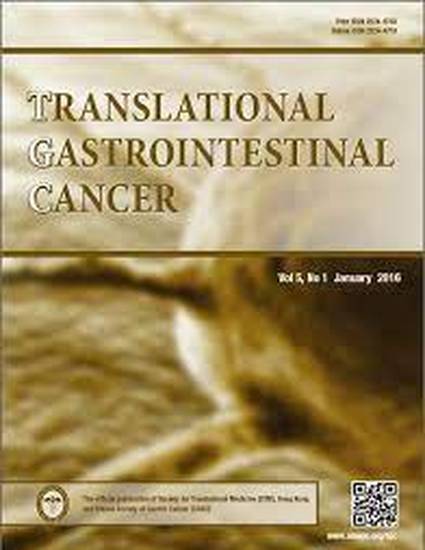
Article
Non-goblet columnar epithelium in the distal esophagus: review of recent advances in understanding the origin and neoplastic potential
Translational gastrointestinal cancer
(2013)
Abstract
Gastroesophageal reflux disease (GERD) is associated with the replacement of normal squamous epithelium with columnar epithelium in the distal esophagus increasing adenocarcinoma (AC) risk. Two types of metaplastic epithelia have been identified: goblet-cell columnar epithelium (GCE), and non-goblet-cell columnar epithelium (NGCE). GCE, also called barrett’s esophagus (BE), has been associated with an increased risk for neoplasia. Alternatively, few studies have discussed AC risk in NGCE. Some have argued that squamous epithelium transforms to NGCE, which gives rise to GCE. Accordingly, NGCE and GCE may represent different stages in the metaplastic spectrum. Moreover, histological examination of mucosa immediately adjacent to esophageal AC, and molecular findings in NGCE provide additional evidence that this epithelial type may carry a similar risk for developing neoplasia when compared to Barrett epithelium. Therefore, identification of goblet cells, currently a prerequisite for the diagnosis of BE, might not be a sensitive indicator for the evaluation of neoplasia risk in these patients, and a search for more appropriate markers is warranted
Disciplines
Publication Date
April 27, 2013
Citation Information
Bazerbachi F, Ustwani OA, Kermanshahi TR. Non-goblet columnar epithelium in the distal esophagus: review of recent advances in understanding the origin and neoplastic potential. 2013;2:152–6.
